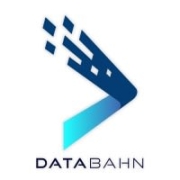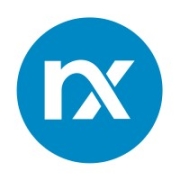Observability Pipeline Software streamlines the collection, transformation, and routing of telemetry data to enhance monitoring capabilities and performance analysis for complex IT environments.
This software enables organizations to efficiently manage vast amounts of telemetry data, automating the collection, transformation, and routing processes. It enhances monitoring systems by providing a scalable infrastructure that can handle the complexities of modern distributed architectures, ensuring timely insights into performance issues and operational health. Tailored to meet the demands of IT teams, it offers flexibility and control over data flows.
What are the critical features of this solution?In finance, Observability Pipeline Software helps maintain accurate financial systems by ensuring seamless data integration and prompt error detection. In healthcare, it supports compliance and patient data management through flawless data handling and integration with critical monitoring tools.
Organizations benefit from adopting Observability Pipeline Software as it simplifies data management processes, offering clear insights and improving decision-making capabilities within complex IT infrastructures.
| Product | Market Share (%) |
|---|---|
| Cribl | 44.6% |
| DataBahn | 15.0% |
| BindPlane OP | 14.2% |
| Other | 26.200000000000003% |





















Observability Pipeline Software enhances data monitoring by aggregating, filtering, and transforming data from multiple sources in real-time. You gain insights faster by having a streamlined feed of data into your monitoring systems, allowing for precise alerting and improved system reliability. This efficiency helps you focus on analyzing trends and anomalies instead of managing complex data streams.
What are the benefits of implementing Observability Pipeline Software in cloud environments?Implementing Observability Pipeline Software in cloud environments enables seamless scalability, allowing you to handle dynamic workloads with ease. You benefit from reduced costs due to optimized data processing and storage. Since these solutions can process large volumes of telemetry data, they improve your ability to monitor applications across distributed cloud infrastructures efficiently.
How does Observability Pipeline Software simplify compliance management?Observability Pipeline Software simplifies compliance management by centralizing log data collection and applying consistent security policies. You ensure data integrity and audit readiness by enforcing uniform access controls and data handling practices across your organization. This streamlines your ability to meet regulatory requirements such as GDPR or HIPAA, reducing compliance risks.
What features should you look for in effective Observability Pipeline Software?When selecting Observability Pipeline Software, prioritize features like real-time data processing, seamless integration with existing monitoring tools, and customizable alerting mechanisms. Look for solutions that offer powerful data transformation capabilities and support diverse data formats. An intuitive user interface and strong technical support can enhance your software adoption experience.
How does Observability Pipeline Software improve incident response times?Observability Pipeline Software improves incident response times by providing timely and centralized access to critical telemetry data. You can quickly identify and diagnose issues by having relevant information aggregated into an easily accessible format. This enables faster decision-making and reduces time spent on root cause analysis, helping minimize the impact of incidents on business operations.